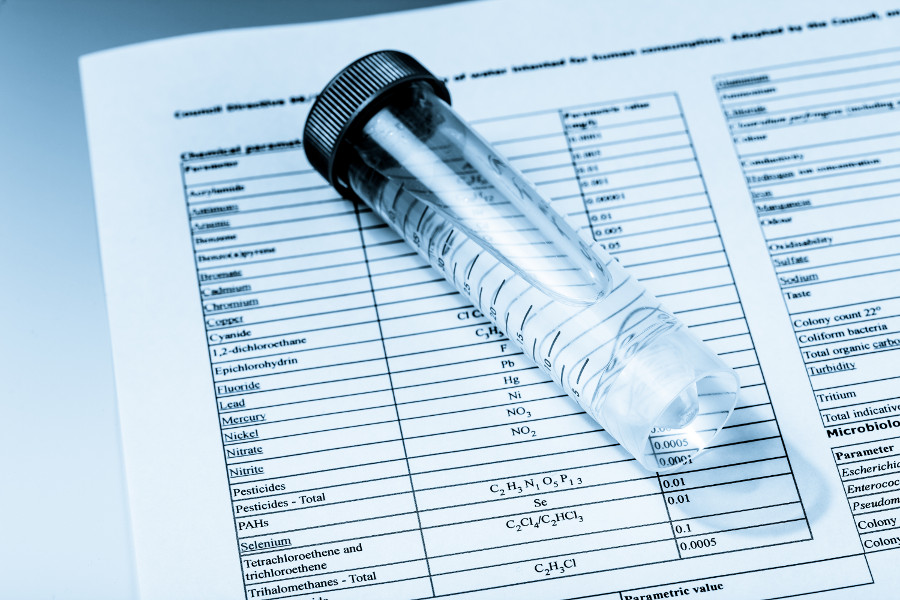This summer’s legionella outbreak in Washington Heights is a critical reminder of how important maintaining cooling tower compliance is. We sat down with cooling tower compliance expert Scott Lenzi of OCS Chemical Engineering, and got more information on how to make sure your cooling towers are being maintained properly.
One of the biggest challenges we’ve seen has been inconsistency with cooling tower inspectors – the law isn’t consistently being enforced. Some inspectors develop their own interpretation of the law, which can cause a lot of confusion. For example, we’ve seen violations from certain inspectors about having proper paperwork filled and signed in blue ink.
Unfortunately, no matter how perfectly your onsite compliance team and vendor are doing their jobs, it doesn’t mean you wont get a violation. Differences from inspector to inspector can be challenging, being prepared is your best defense against getting multiple expensive violations.
After an outbreak, the Department is likely to perform a very quick test (1 day instead of the normal 3 or 14 days) that can most likely have invalid results. It can be very difficult to find the exact location of a breakout, especially when a large number of people have been impacted. At that point, it is extremely possibly that a ground floor system or public fountain may be the culprit. Still, if there is an outbreak in your area, make sure you have access to your testing record and MPP, and that they’re up to date. The city may request them for review.
The biggest mistakes made when it comes to cooling tower compliance is the paperwork. If your paperwork is incomplete, at some point it will result in a violation. Even if you miss your testing guidelines by one day (on the 4th day instead of every third day, for example), you’re at risk of getting a fine. The one positive is that for the most part, someone who receives a violation normally will not repeat the same mistake.
Make sure your MPP is full and done in accordance with the law, and testing is performed and recorded regularly as outlined. Having clean, orderly paperwork can help prevent some common mistakes and some of the most frequently issued violations.
Companies with the best compliance records do a few things:
One, keep in touch with your cooling tower consultant! My clients contact my team once a year for a complete review of their MPP and binder in the beginning of the season. This keeps them ahead of the game and helps prevent mistakes before they cost you.
Two, their onsite compliance team (responsible person, via the law) works closely with the property manager. You need constant communication – when there is a disconnect between the onsite staff and the back office, it can hurt. It doesn’t matter if you have one onsite person per a specific amount of square foot, or just one super handling it all – good and clear communication is the key to preventing violations.
Do you have more questions? You’re in luck – Scott Lenzi will be at RealFocus this October and can answer all of you cooling tower questions in person! Click below to save your spot at the educational event of the year.

